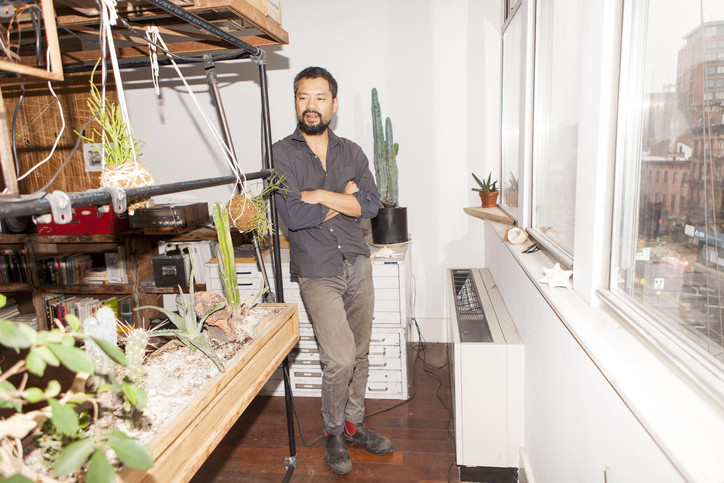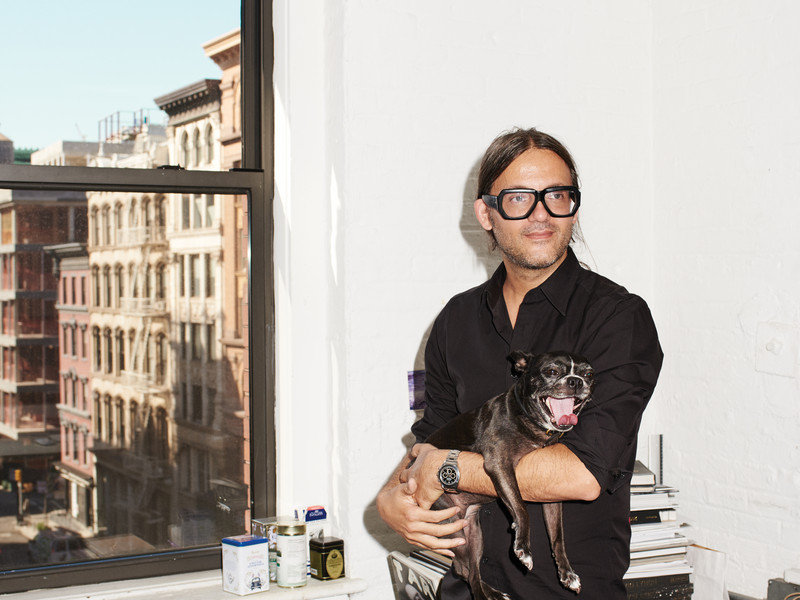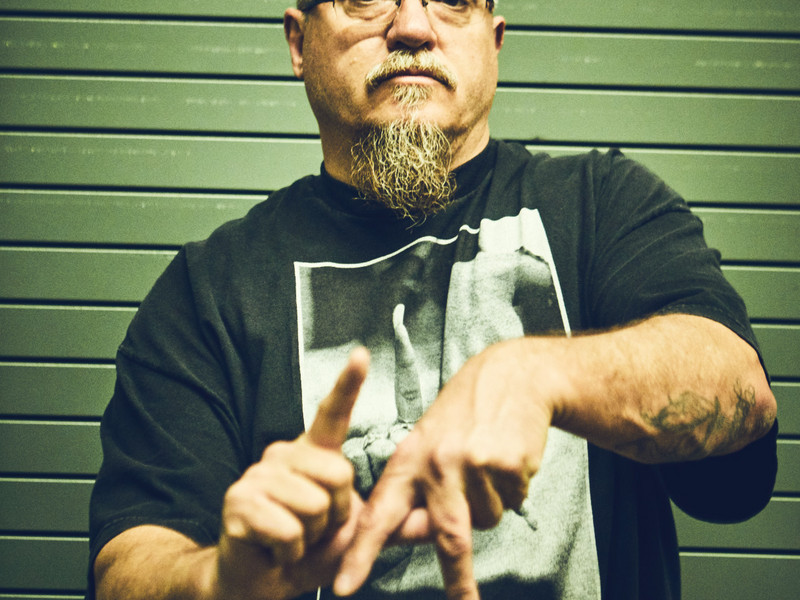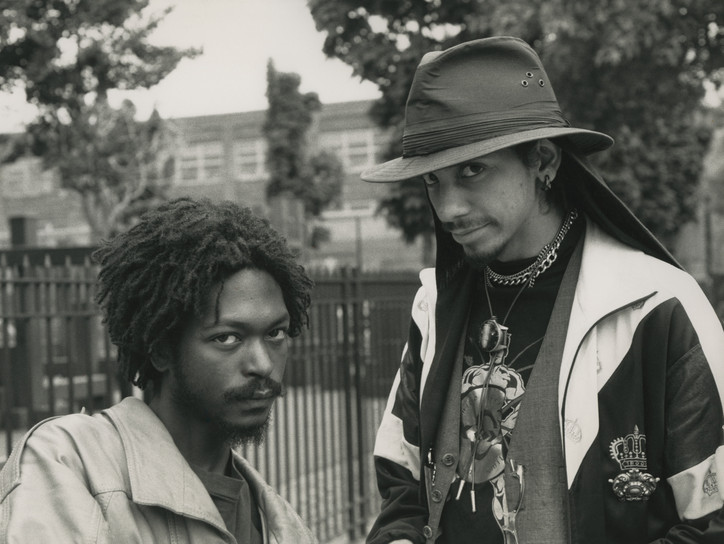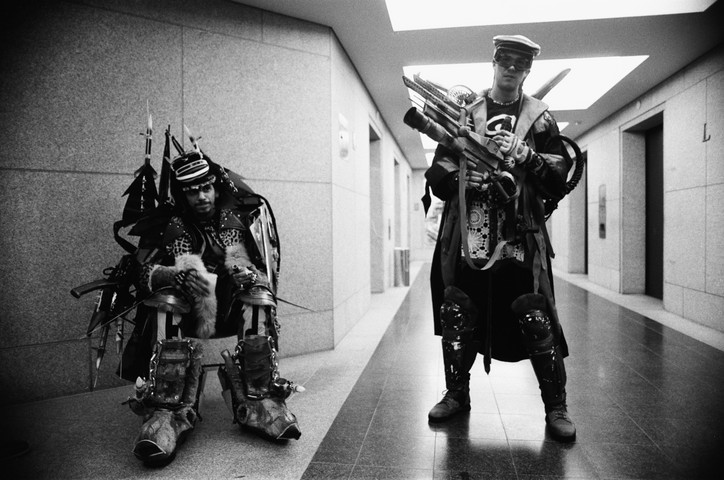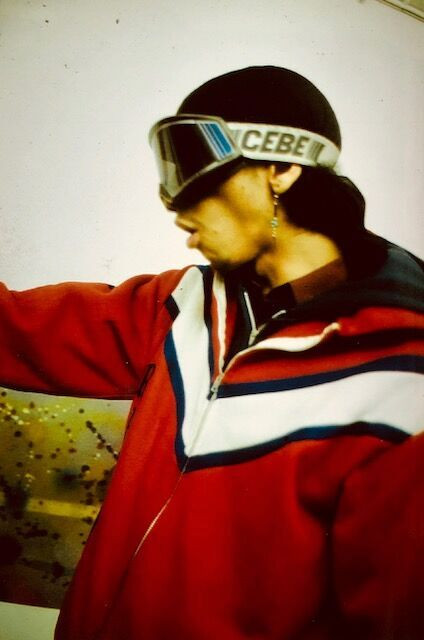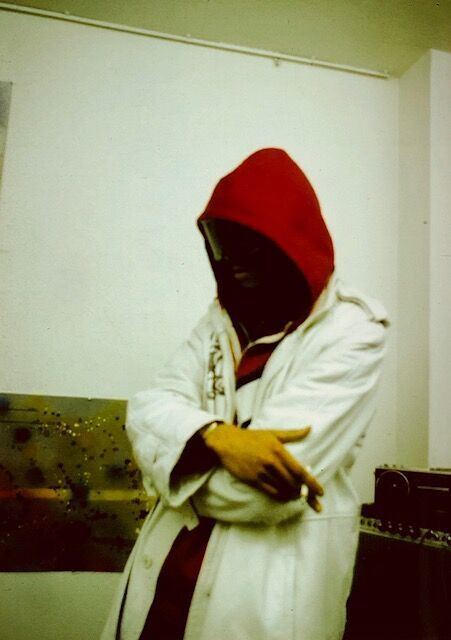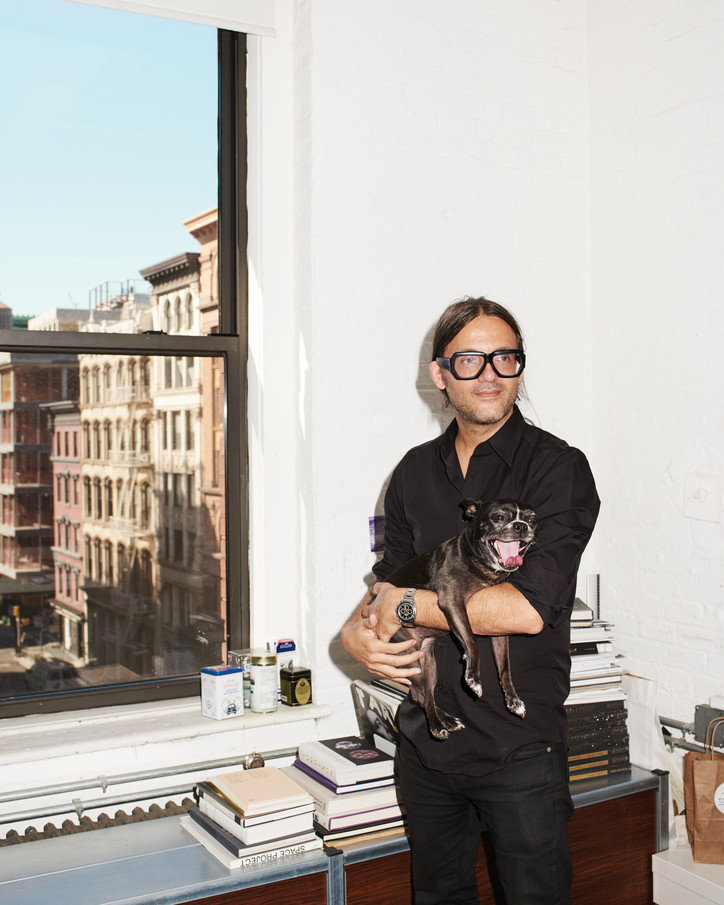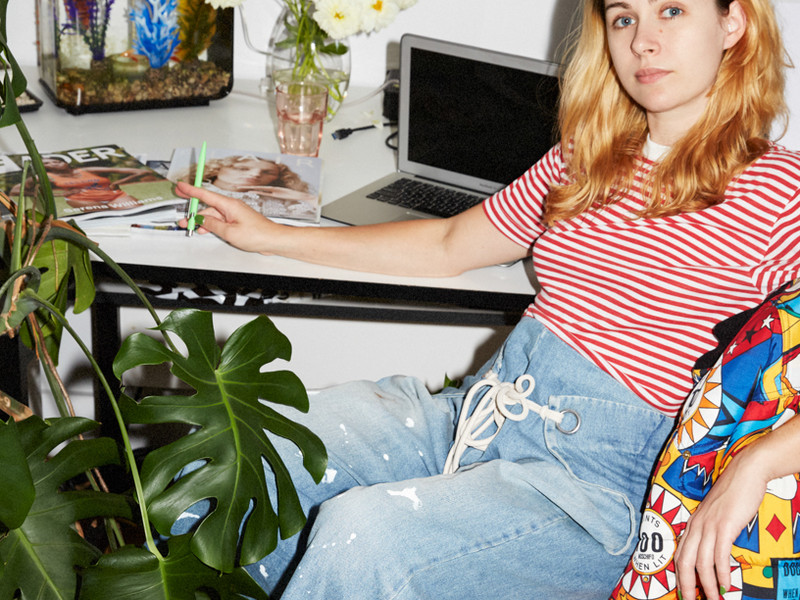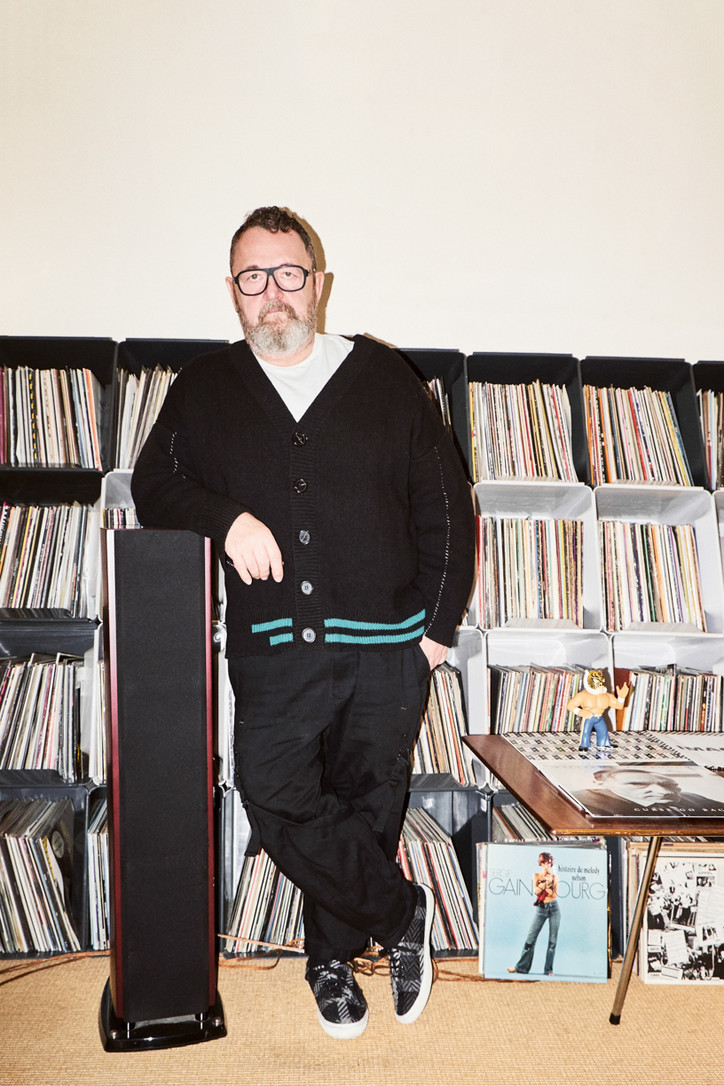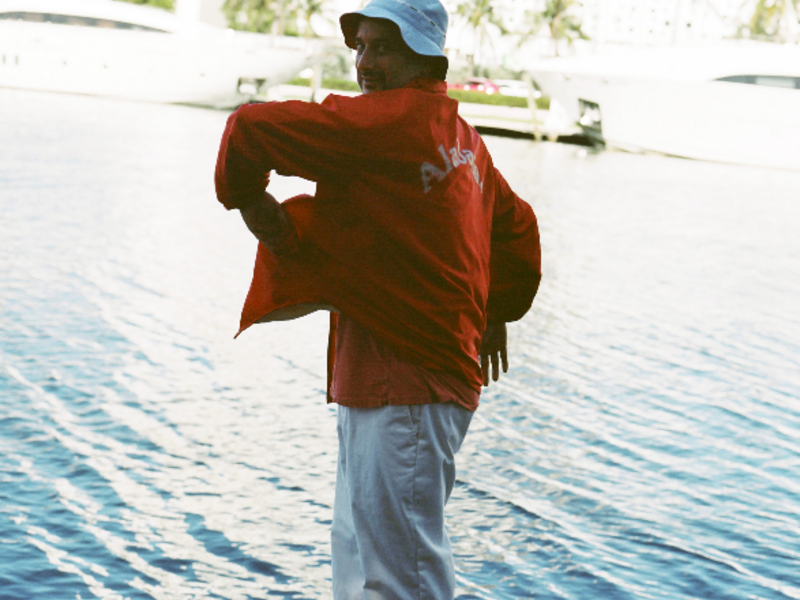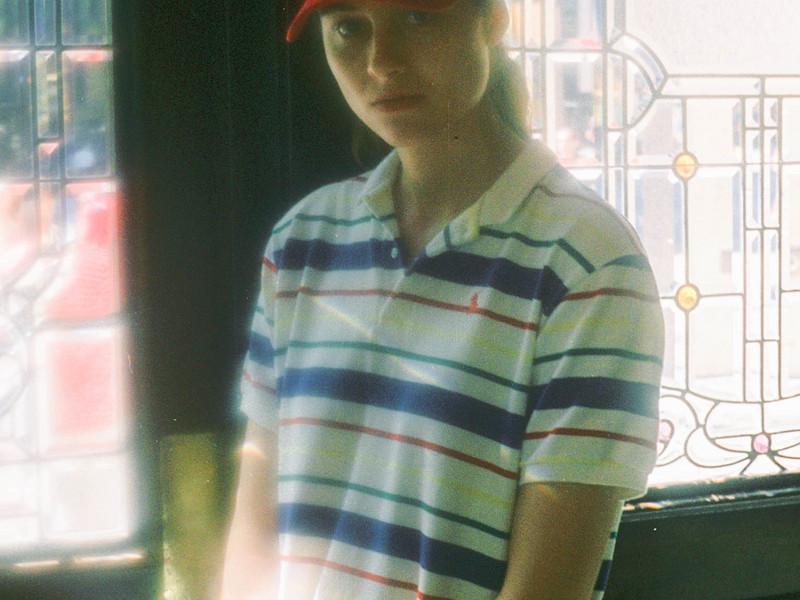Gaze upon Huy Bui's ingenious plant structures
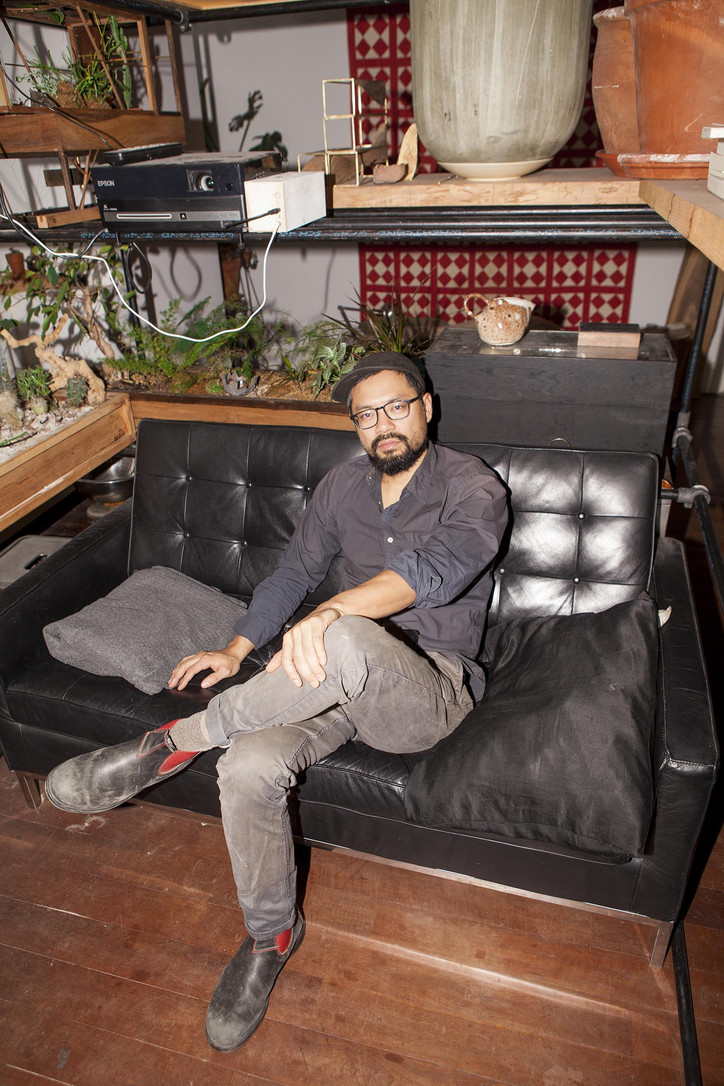
We were lucky enough to have Bui participate in the office newsstand, now open at Canal Street Market. We met at the office office, where he was accompanied by his dog, Mio, to discuss his innovative work.
I read about your plant structures referred as different things, like architecture or plant cities. How would you describe it?
I call them "little micro-worlds." It's kind of taking the laws of science and looking at how ecosystems exist on every single scale. From galaxies to solar systems, to planets to far regions of the world, neighborhoods, and our own bodies. We have biomes in our stomach. And then you go even smaller. There's a whole scale of stuff that's all happening.
How do your structures work, exactly?
They work individually, just as simple sculptures, and they house plants. Or it could be sculptural artifacts. And then you can stack them on top of each other to make a bigger structure, if you so want to. But for these sets I think they work better as an individual unit.
Can you tell me a bit about the plant structures you designed for the office newsstand?
Yeah those are called Plant and Minis. They're miniature versions of the larger scale. This whole iteration is an exploration of different materials, of using wood and steel and concrete and copper, and then mixing in plants. So it's just using our every day industrial material and integrating plant life. It's a small representation of how we live in the city, or how we could be living in the city, if we were living with nature but with the stuff that we build around us.
You took part in the Lowline project, right?
Well I was more of an artistic collaborator. So I have a couple of art installations there right now. I helped them with their Kickstarter, and actually I did create a black version of a plant mini for their Kickstarter campaign, which they successfully funded last year. I helped them out with that.
Do you think New Yorkers, or people that live in cities, in general, should interact more with plant life?
It kind of goes without saying. I think we always thought of a city as built environment, but now we have to integrate nature as a part of life. It should be almost invisible. Even our next generations are not gonna think about plants, they're just gonna be like, "Oh, it's here. We've always lived with it." I think consumption patterns are changing. Instead of people buying CDs or t-shirts or another whatever, people are really spending money on plant life, and that's taken more of the surface area of our homes.
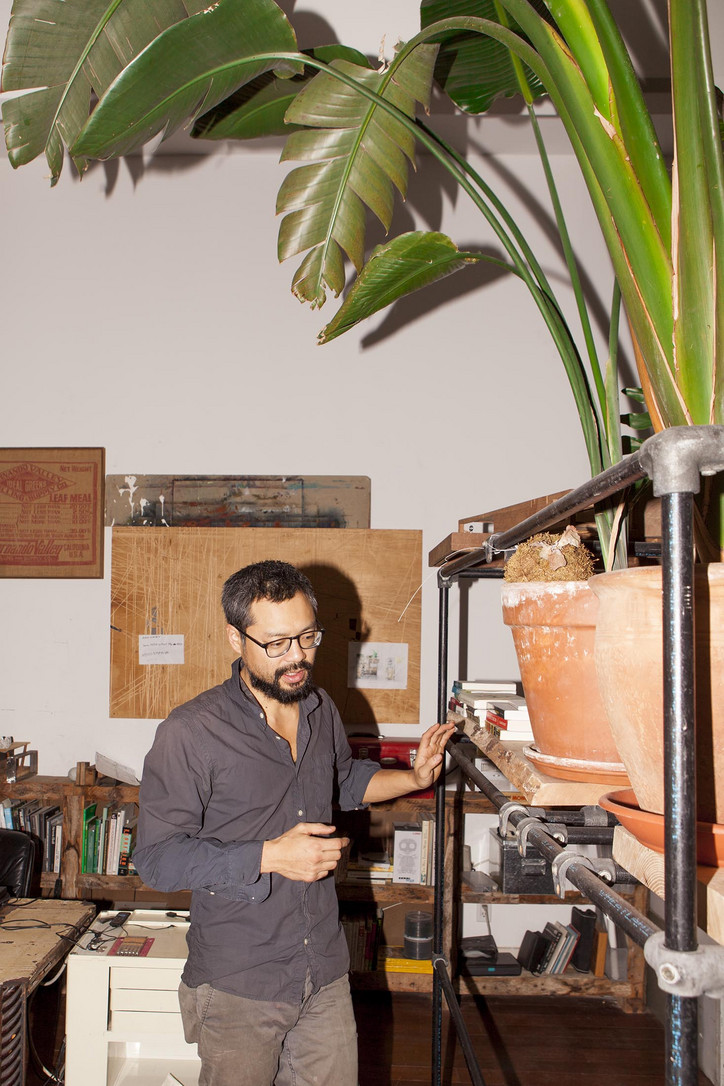

What do you think having plant life around does for a person?
First of all, it's living. And just to understand that it has its own science. That you really can't control it too much. You have an idea of what it's going to do, but it's still down to a flower, or a bud, or it's gonna go dry if you don't water it. So I think that whole responsibility—it’s a very light responsibility, but it's essential. And of course some plants can help clean the air, and then also a visual connection to green, as a color, there's a lot to say about that too.
How do you feel about succulents? They’re all over NYC apartments.
Succulents are great. They need a lot of light. They're easy to care for. They're a great plant for New Yorkers.
Do you have any plant recommendations, for New Yorkers or anyone who lives in a big city?
If you have a south-facing view get cacti, they're great and very resilient. They don't need much water, and in the winter you can water them like every two weeks or every three weeks, so I think the minimal care for New Yorkers - for someone who wants a more robust plant, the Monstera. They will let you know when they're thirsty because the leaves just kind of flap down.
Does Mio ever eat any of your plants?
Not yet! I tried to feed him a cucumber, but he won't eat that. He just likes meat [laughs].

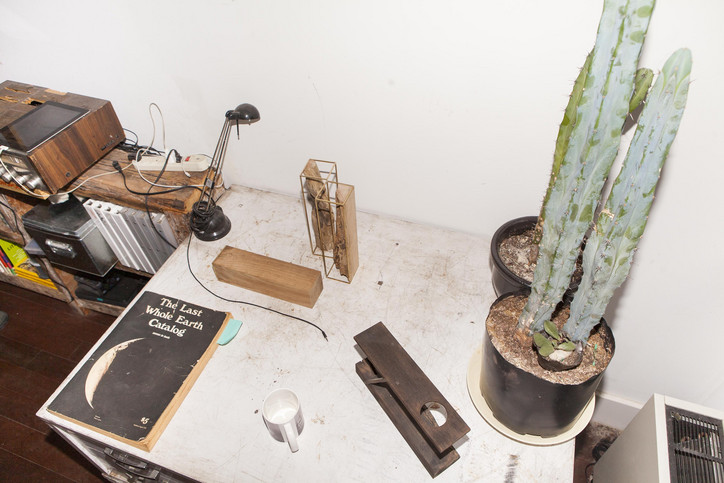
Tell me about the project you took to Art Basel Miami.
I'm taking another modular series called, "Geological Frame." And it's with Patrick Parrish. And it's a whole series of looking at wood and other earth-like materials as these micro landscapes. They're framed in this beautiful brass and bronze, and it explores our relationship between man and nature, and how man is always about leveling and keeping things straight, and how nature gives this organic kind of shape. As you can see, like with a piece of wood—we manipulate that piece of wood to have a straight edge for us to sit on, to write on, to sleep on, so you will see in a lot of the works. Inside this prism there's this very organic expression. It gets to be whatever it is. And on the periphery of the space it's clean, flat wood.
What's the biggest structure that you've ever built? I saw on your website there's quite a large one.
Yeah so that was at the Mark Miller Gallery, back in 2012. We built 65 units. Sixty-five modular ecologies. Each unit had its own world and we stacked it to make this gigantic plant. That filled about a 1,000 sq ft space.
So there's really no limit to what you do.
There's no limit. Absolutely not. It's just about understanding the power of one unit and the power of many units together.
